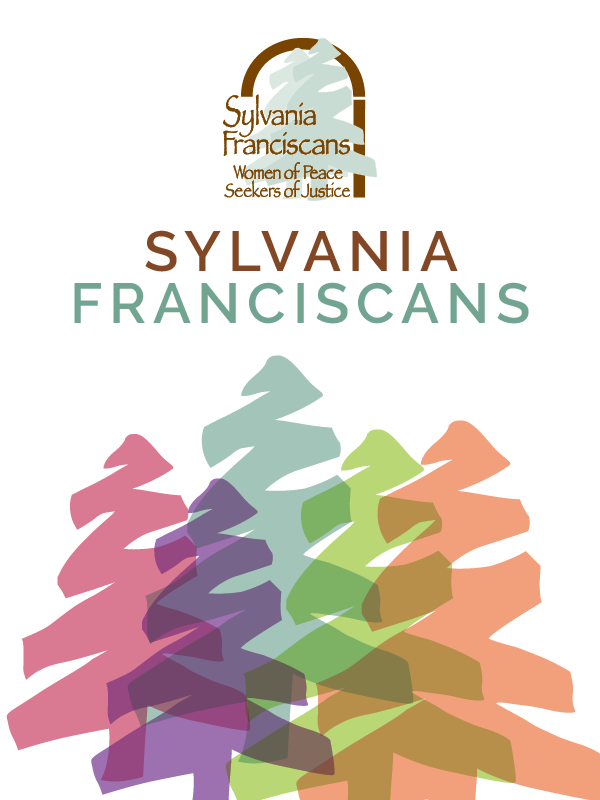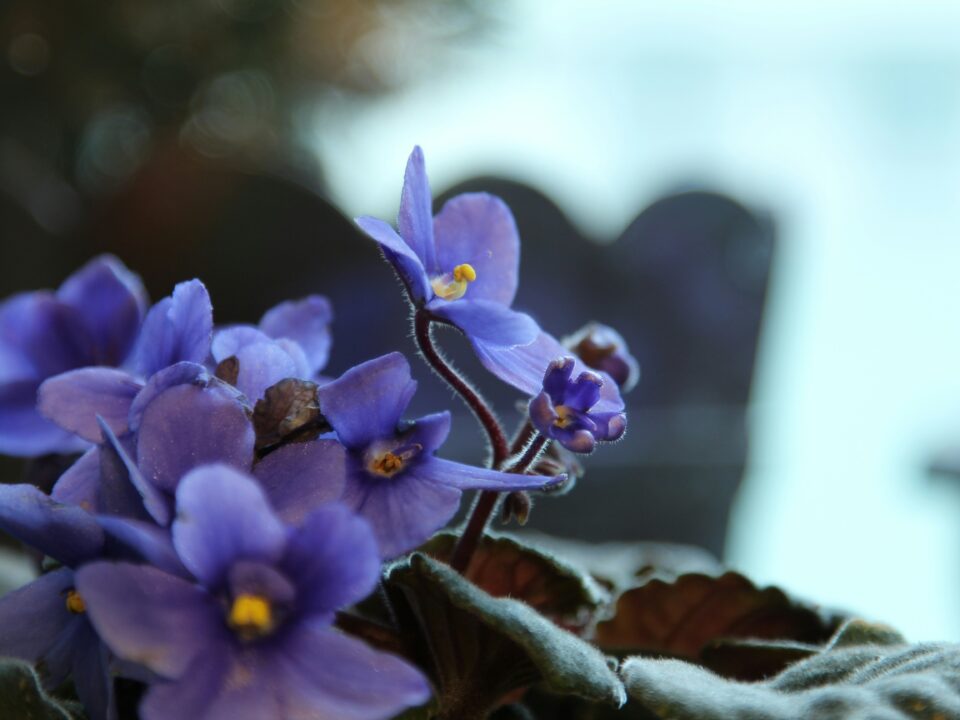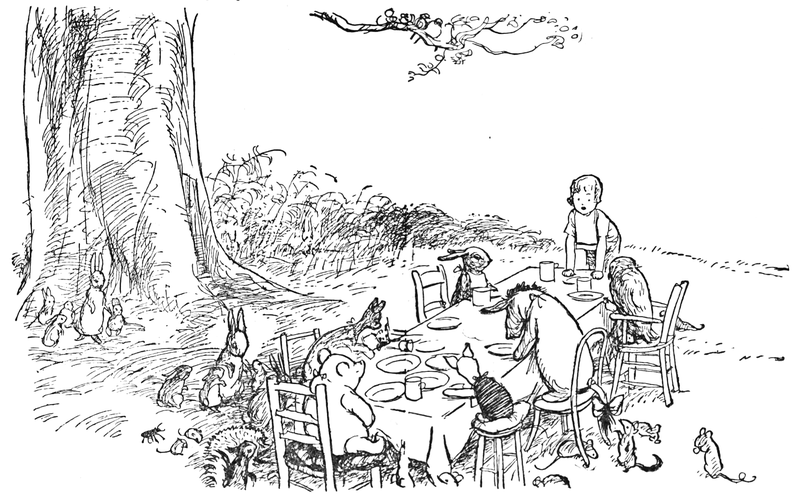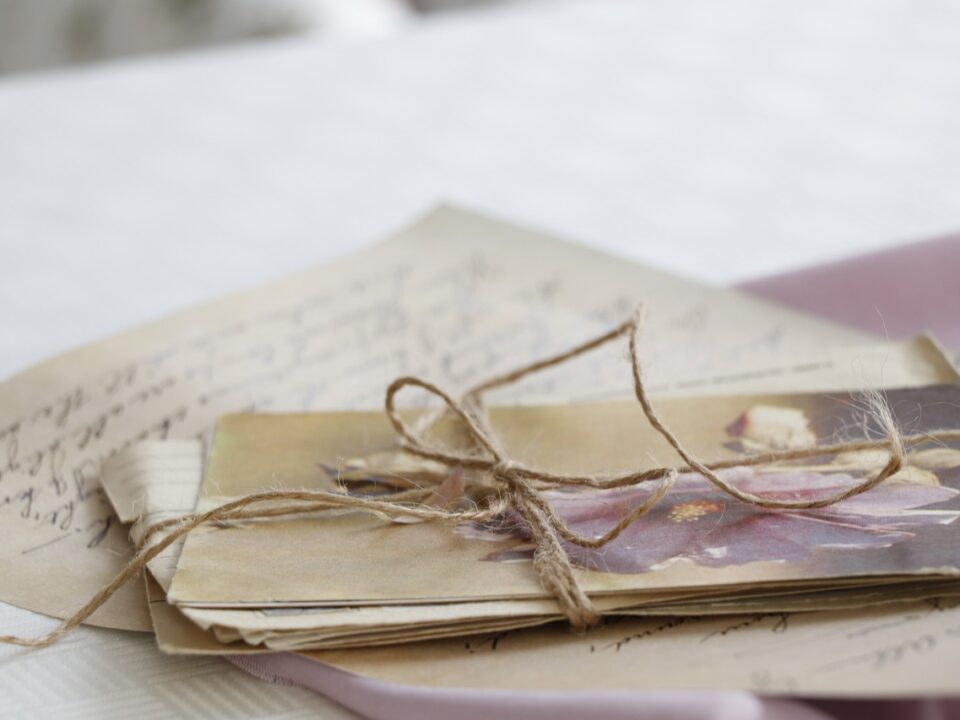
Why we do what we do as a people of Faith
March 6, 2017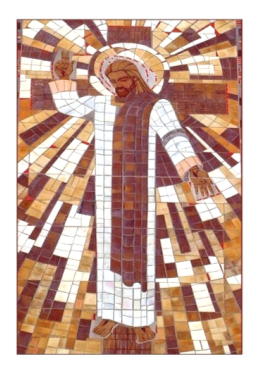
Never A Waste Of Time
March 17, 2017By Sister Lois Anne Palkert, OSF
According to the late singing governor of Texas, W. Lee O’Daniel, bluebonnets are one of the prime factors that make the state the most beautiful land that we know. Texans have long been fascinated by bluebonnets. And so am I. I was so excited last week as I drove to the rural facilities for Ash Wednesday prayer services to see the bluebonnets and other wildflowers in bloom. This is very early for them to appear along the highways of central, east and southeast Texas, but we have had a very mild winter, often with daytime temperatures above normal. Early or not the delicate petals resembling the bonnet worn by pioneer women to shield them from the sun is a welcome sight.
In 1901 the Texas Legislature named the bluebonnet, the state flower. Historian Jack Maguire writes: “the bluebonnet is not only the state flower but also a kind of floral trademark almost as well known to outsiders as cowboy boots and the Stetson. The bluebonnet is to Texas what the shamrock is to Ireland, the cherry blossom to Japan, the lily to Francis, the rose to England and the tulip to Holland.”
Fall rainfall is critical to bountiful blossoms of bluebonnets in the spring. Depending on weather conditions, bluebonnets are in bloom from mid-March to mid-April. Snapping pictures of the family in a field of bluebonnets is an iconic image, a Texas tradition passed on from one generation to the next. The Department of Public Safely issues safety recommendations with regard to drivers pulling off highways to take such pictures. Regulations rarely heeded.
Besides the bluebonnets, many additional varieties of wildflowers grow alongside the highways of Texas. In 1932 the Texas department of Transportation hired a landscape architect to maintain, preserve and encourage wildflowers and other native plants. To protect the wildflowers, springtime mowing is delayed until wildflower season is over. Currently a full-scale vegetation management system is in place. Each year the Texas Department of Transportation sows about 30,000 pounds of wildflower seed.
Lady Bird Johnson is credited with expanding efforts for highway beautification and encouraging the planting of native plants along Texas highways. She cofounded the National Wildflower Research Center in 1982 which was renamed the Lady Bird Johnson Wildflower Center in 1997. The Center is the University of Texas at Austin’s internationally recognized botanical garden dedicated to “inspiring the conservation of native plants in natural and designed landscapes.” More than 800 species of native plants from many of the regions of Texas are on display at the Center. Education is at the core of the Center’s mission. The Center’s staff teach classes at the university as well as offering extensive on-site educational programs for adults and children.
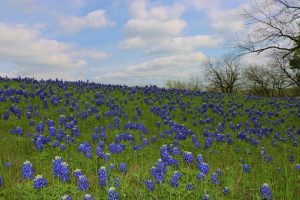 Competition for Bluebonnet Central is keen. In 1997, the Texas Legislature named Ennis the Bluebonnet Trail and the official bluebonnet city. Thousands of people spending hundreds of thousands of dollars flock to Ennis County to enjoy the forty miles of roadside covered with the wildflower.
Competition for Bluebonnet Central is keen. In 1997, the Texas Legislature named Ennis the Bluebonnet Trail and the official bluebonnet city. Thousands of people spending hundreds of thousands of dollars flock to Ennis County to enjoy the forty miles of roadside covered with the wildflower.
And then there is Chappell Hill which earned the title of “Official State of Texas Bluebonnet Festival”. Chappell Hill calls itself the “heart of Bluebonnet Country” and is located just a few miles from Brenham, the location of a CHI St Joseph clinic.
If you can’t make the trip it Texas in person, you may want to check out the many bluebonnet websites. Perri Angela Wickman, a bluebonnet addict, living in Washington, D, makes several trips to Texas each spring to drive around the roadsides and spreads the word on the best places to admire the state flower. She then posts the information on her website bluebonnetlove.com.
Not only does Texas have a state flower, but the Texas Legislature also adopted a state flower song in 1933:
When the pastures are green in the springtime
And the birds are singing their sonnets
You may look to the hills and valleys
And they’re covered with lovely bluebonnets
And so we enjoy the bluebonnets each spring and with Francis we pray:
“Praised be You, my Lord, through our Sister Mother Earth, who sustains and governs us,
And who produces varied fruits with colored flowers and herbs”.

